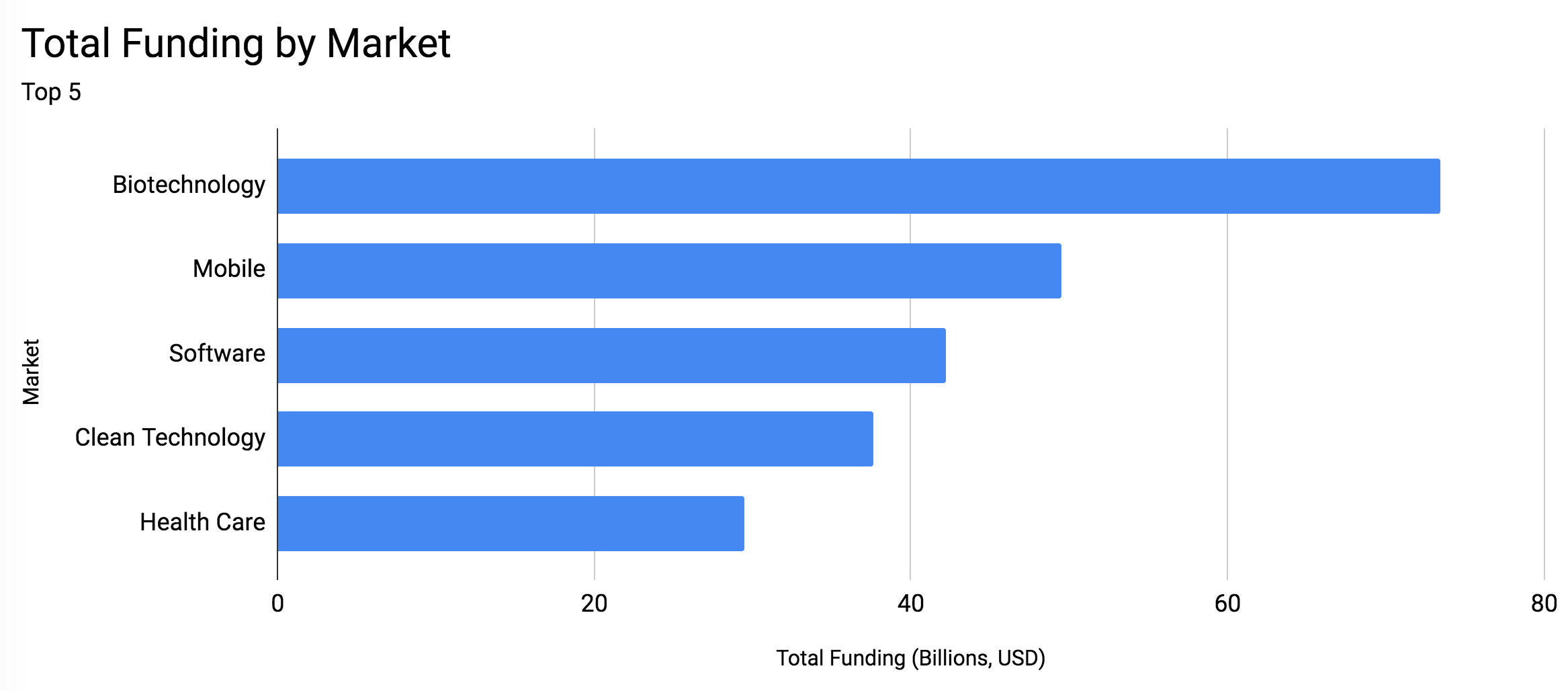A few weeks ago I took a GRE practice test to gauge how much preparation I’d need before officially taking the exam. The scores revealed a skill gap, especially in the Verbal Reasoning section. To do well, it turns out you need a pretty robust and sophisticated vocabulary. 💡
With that insight, it was apparent I needed a way to log unfamiliar words to expand my vocabulary. I hoped to automate the process of inputting word definitions. Combining the power of Google Sheets, Glide, and Rapid API, I built a simple mobile app to help level up my vocabulary-building efforts. Take it for a spin here!
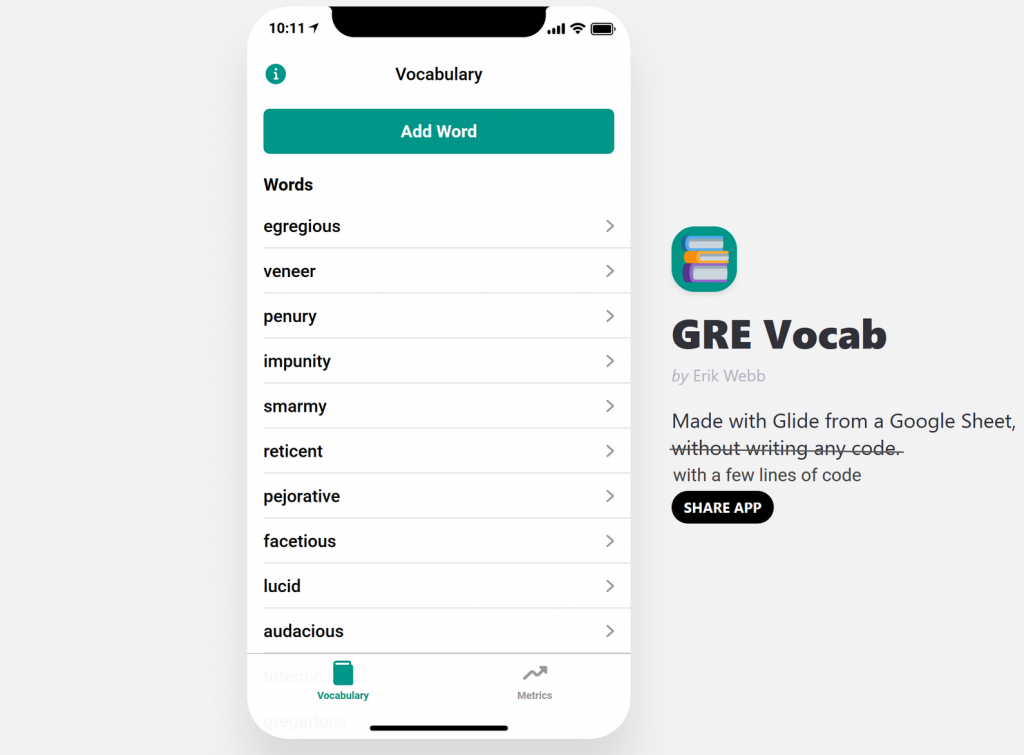
App Components

Google Sheets (Database): Spreadsheets are the most successful programming model of all time, and for small projects, a Google Sheet is a great database.
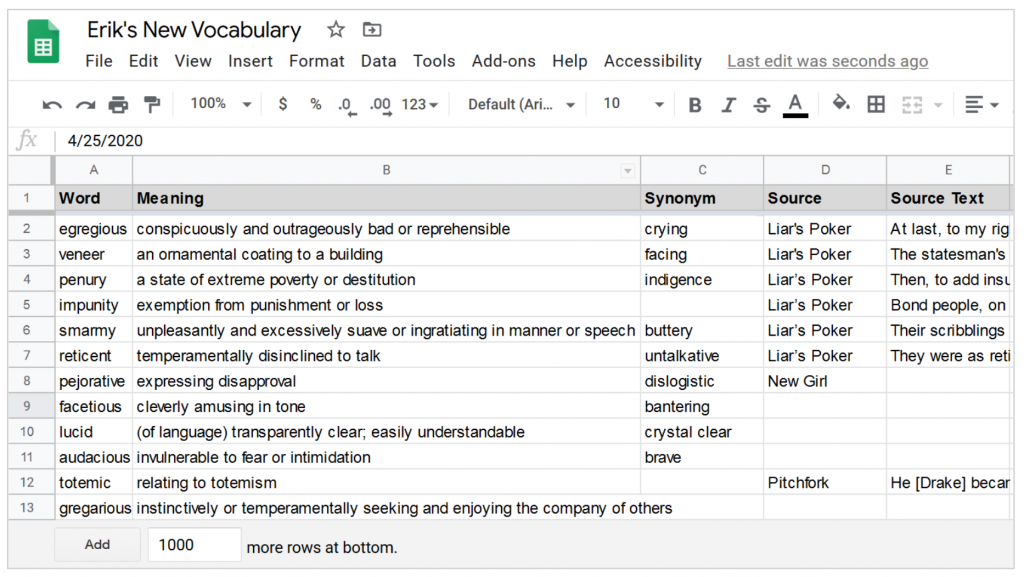
Glide (App UI): Glide allows you to build beautiful apps without any code using drag-and-drop building blocks. After connecting to the Google Sheet “back end”, it was easy to assemble a polished progressive web app that looks and feels like a native iOS app from the App Store.
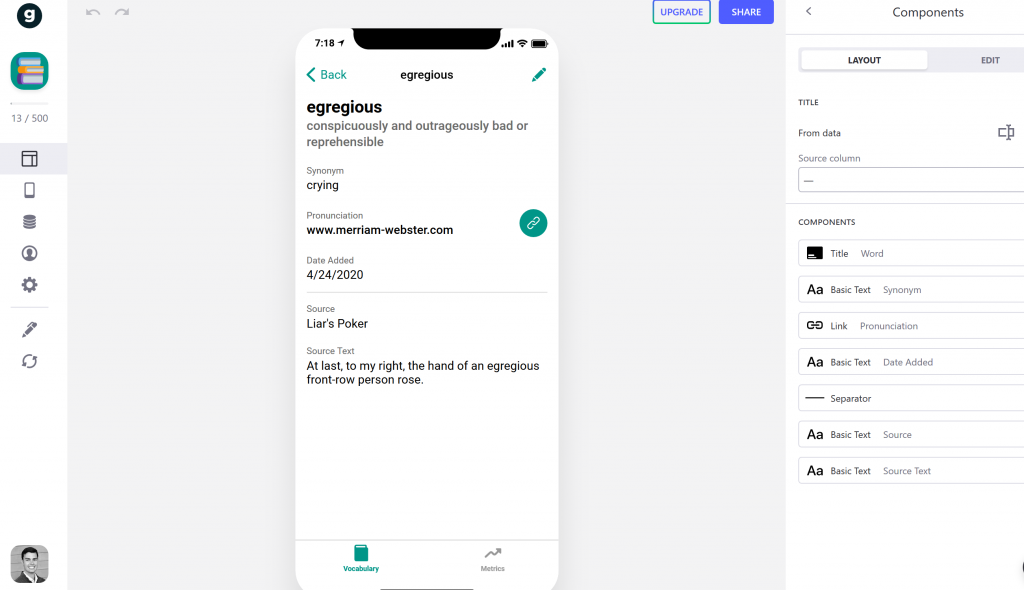
Glide: The app user interface
RapidAPI (The Dictionary API): To automate the process of sourcing word definitions and synonyms, I turned to the WordsAPI, available in the RapidAPI marketplace. The free tier includes 2,500 API calls a day.
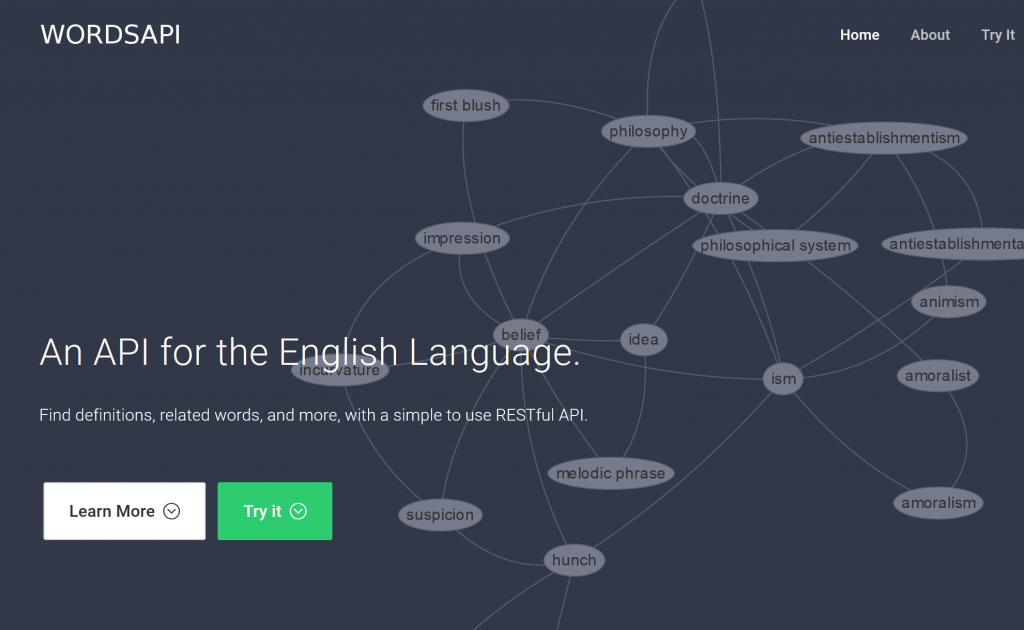
The cool part is that you can make external API calls in a Google Sheet via Apps Script (a scripting platform developed by Google for light-weight application development in the G Suite platform). This required a dabble in JavaScript, which was new to me as a heavy R/Python user.
The code is broken up into two functions:
wordsAPImakes a GET call to the WordsAPI and saves the responsegetWordSynonymextracts the word definition from the JSON body
The best part is that once the code is saved in the App Scripts file, you can call the custom function directly in Google Sheets, just like a regular function:
=ARRAYFORMULA(getWordSynonym(A2:A))
With Google Sheets and Glide, together with WordsAPI, I was able to make the simple tool I needed to save, learn, and review new words in order to prepare for the GRE exam. It’s exciting to see new no-code/low-code platforms (i.e. Glide) being developed that make anyone a builder.
My GRE Vocab App: grevocab.glideapp.io
Underlying Google Sheet (View Only): Link
App Scripts JS Code: Link





